Portugal travel tips
Portugal travel tips: A captivating European country with stunning landscapes, rich history, vibrant culture, and delicious cuisine, known for its maritime heritage.
Districts 🌎
Portugal travel tips. Here is a list of all the districts of the Portugal.

Aveiro

Beja

Braga
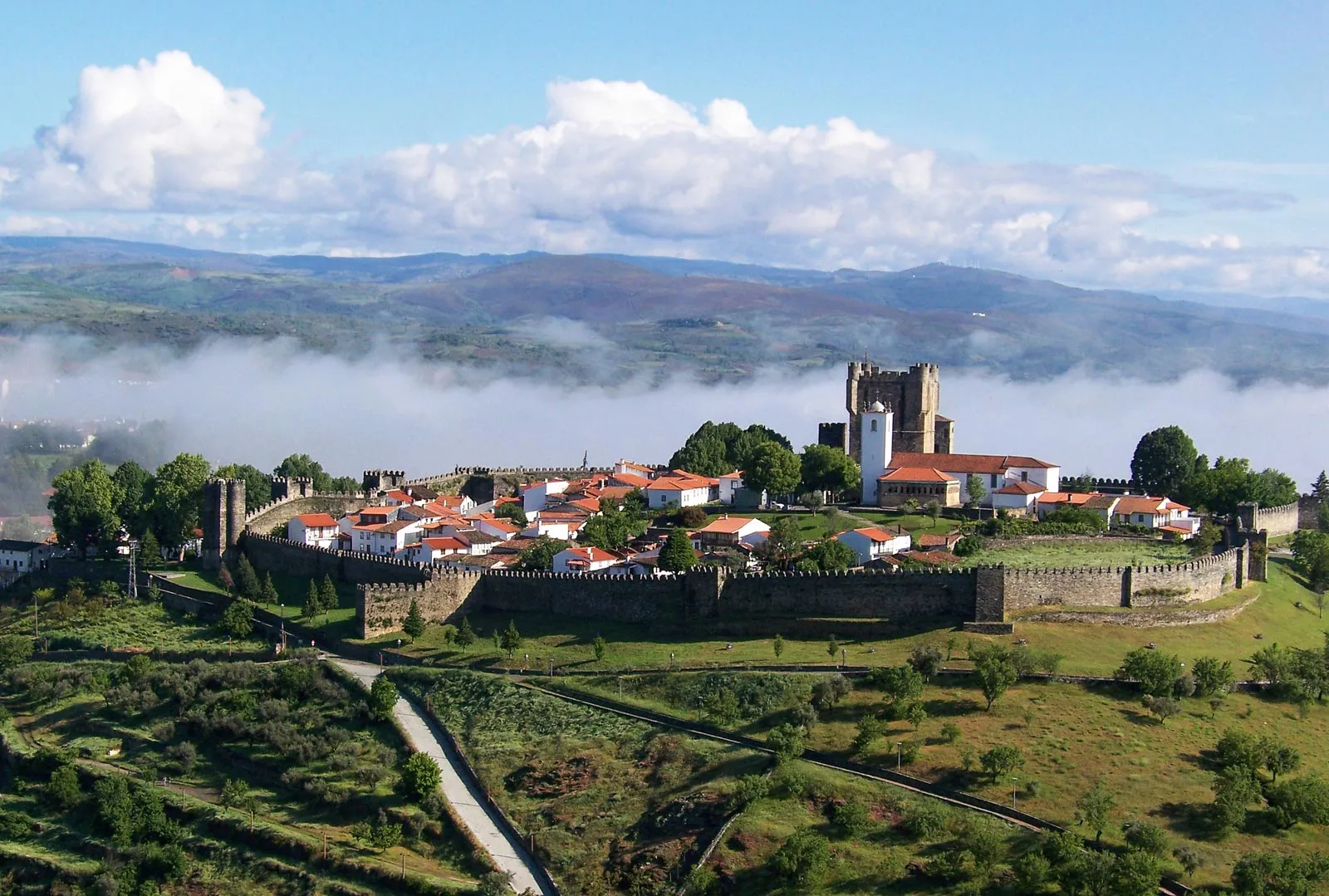
Bragança

Castelo Branco

Coimbra

Évora
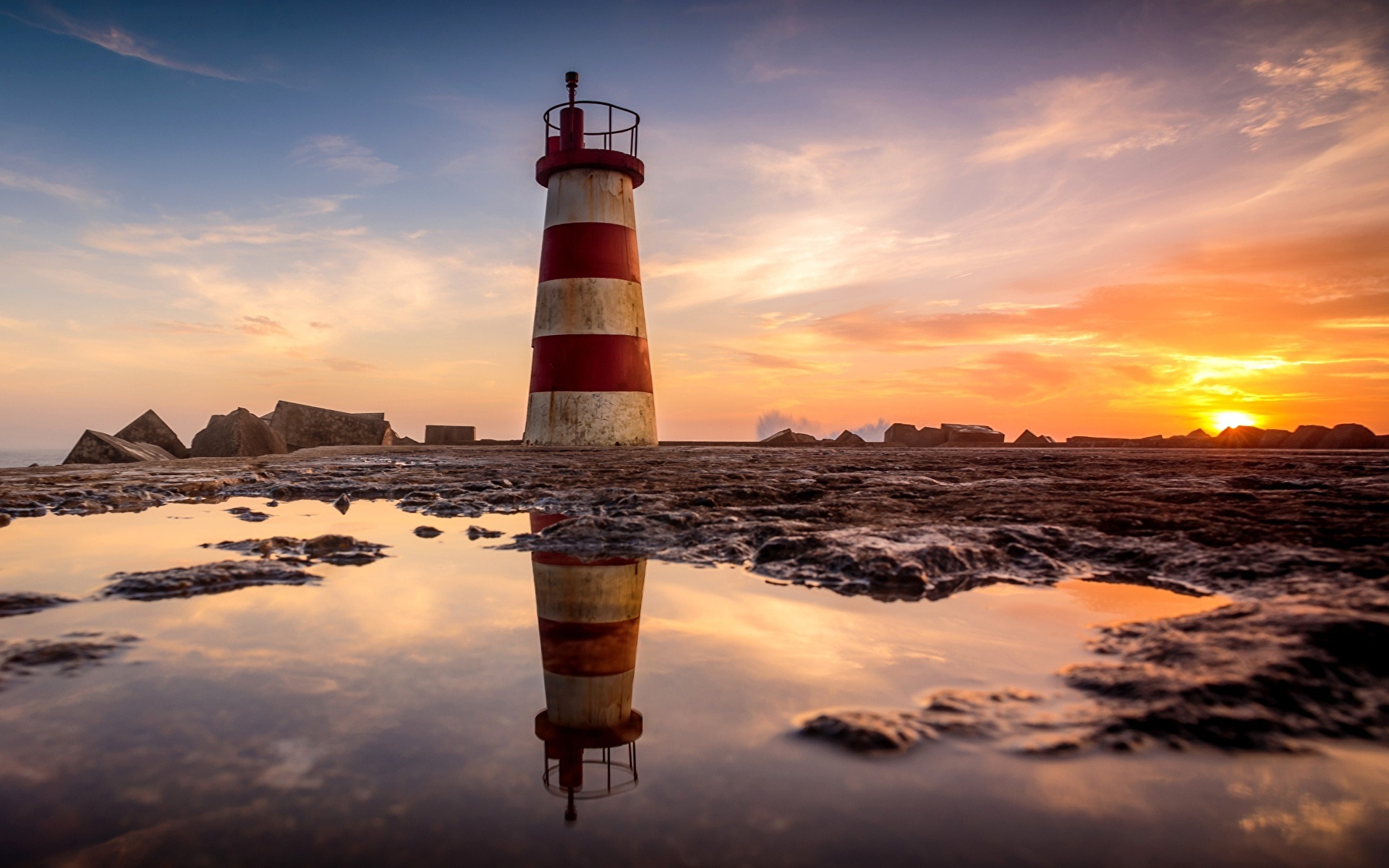
Faro

Guarda

Leiria
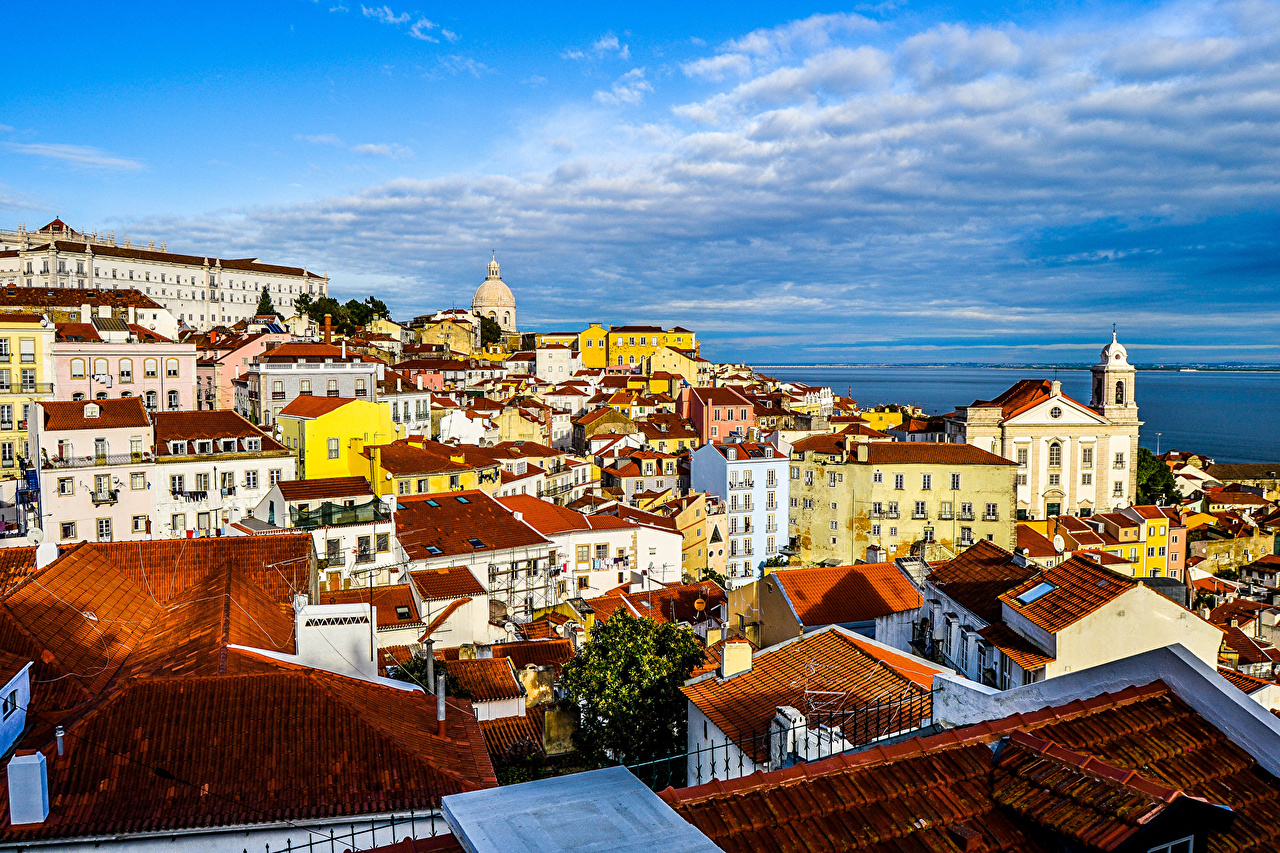
Lisbon

Portalegre

Porto

Santarém

Setúbal
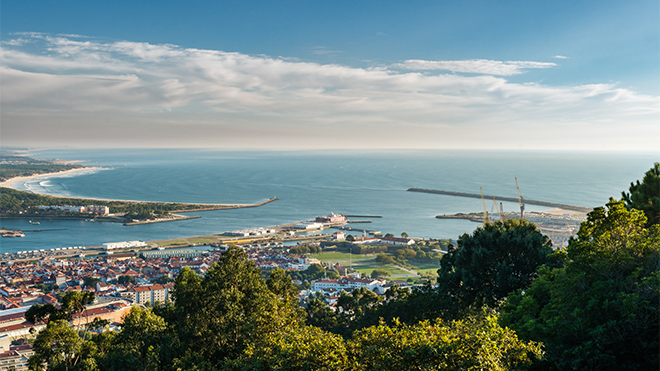
Viana do Castelo

Vila Real
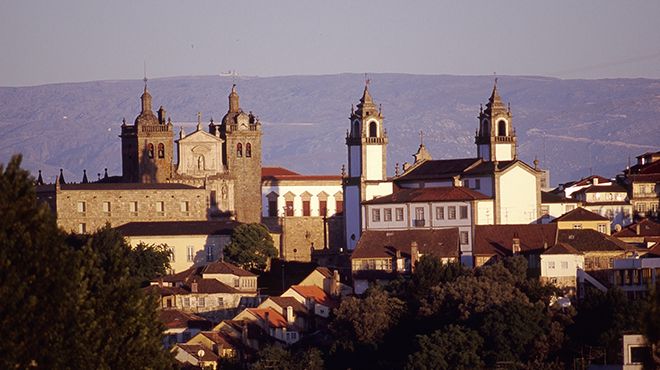
Viseu
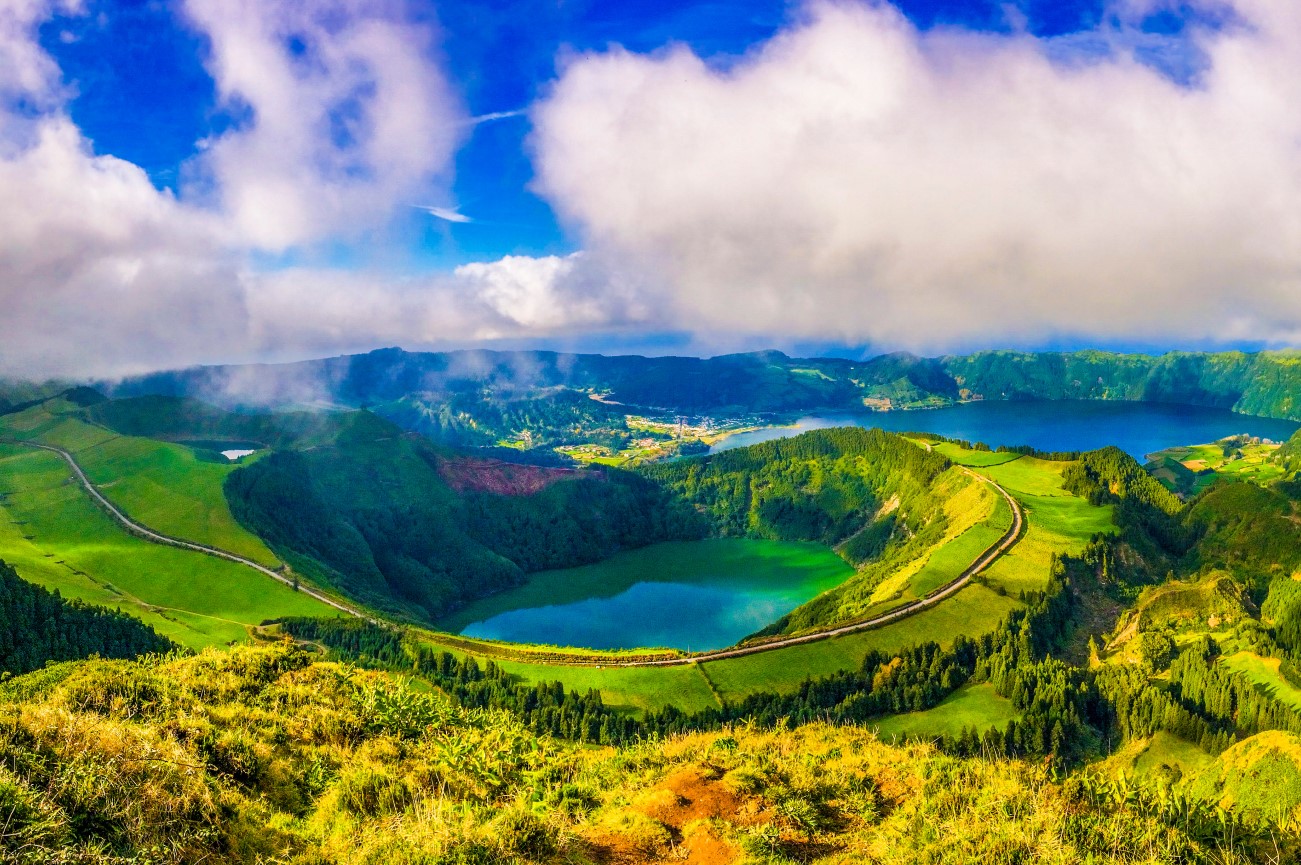
Azores

Madeira
Before you go 🛩
Important information you should know before your trip
Info

Capital | Lisbon
Flag Codes:
ISO alpha-2 PT,
ISO alpha-3 PRT
Currency
Badge | Euro
CODE | EUR
NUMBER | 978
SYMBOL | €
FRACTION | Penny
Mobile Coverage
Dialing Code | +351
SIM Card
Coverage | 3G / 4G / 5G |
Mobile Networks | MEO Mobile | NOS Mobile | Vodafone Mobile |

Location
Portugal is a country located in Southern Europe, situated on the Iberian Peninsula. It shares the Iberian Peninsula with Spain to the east and south, bordered by the Atlantic Ocean to the west and north. The coordinates of Portugal’s capital city, Lisbon, are approximately 38.7223° N latitude and 9.1393° W longitude.
Portugal is known for its beautiful coastline, historic cities, and rich cultural heritage. It includes the mainland territory, which is divided into 18 districts, and two autonomous regions: the Azores and Madeira islands, located in the Atlantic Ocean. The mainland stretches from north to south and is approximately 561 kilometers (about 348 miles) in length, and about 218 kilometers (about 135 miles) in width at its widest point.
Currency
The currency of Portugal is the Euro (EUR).
Portugal adopted the euro as its official currency on January 1, 2002.
Languages
The official and most widely spoken language in Portugal is Portuguese. It is a Romance language that uses the Latin alphabet and is spoken by the majority of the population in Portugal. In addition, Portuguese is the official language in other countries, including Brazil, Angola, Mozambique, Guinea-Bissau, Cape Verde, Sao Tome and Principe, and East Timor.
Portuguese is a very widespread language throughout the world, and is spoken by around 220 million people, making it one of the most widely spoken languages in the world.
In addition to Portuguese, other languages are also spoken in the country, especially in regions where there are minority communities. Some of these languages are:
Mirandés: it is an Asturian language spoken in the region of Miranda do Douro, in the northeast of Portugal.
Cape Verdean Creole: It is a Portuguese-based creole language spoken in Cape Verde, an archipelago off the coast of Senegal that was a Portuguese colony.
Guinea-Bissau Creole: It is a Portuguese-based creole language spoken in Guinea-Bissau, a small West African country that was also a Portuguese colony.
Fala: is a Romance language spoken in some remote villages in the north of Portugal, near the border with Spain.
Climate 🌡
Portugal has a diverse climate due to its geographical location, with influences from the Atlantic Ocean and the Mediterranean Sea. The country’s climate can be broadly categorized into three main regions:
Mediterranean Climate: The southern regions of Portugal, particularly the Algarve, have a Mediterranean climate. Summers are hot and dry, with average temperatures ranging from 25°C to 30°C (77°F to 86°F). Winters are mild and generally wet, with average temperatures between 10°C to 15°C (50°F to 59°F). This region experiences most of its rainfall during the winter months.
Maritime Climate: The western coastal areas, including Lisbon and Porto, have a maritime climate. Summers are warm with temperatures ranging from 25°C to 28°C (77°F to 82°F) and winters are mild, with average temperatures between 8°C to 15°C (46°F to 59°F). The maritime influence moderates temperature extremes, resulting in relatively mild year-round weather.
Interior Climate: The interior regions of Portugal, particularly in the northeast, have a more continental climate. Summers can be hot, with temperatures reaching over 35°C (95°F) at times. Winters are colder compared to coastal areas, with average temperatures between 4°C to 12°C (39°F to 54°F). The interior region experiences lower levels of rainfall throughout the year.
Portugal travel tips
If you’re planning a trip to Portugal, here are some travel tips to enhance your experience:
Historic Sites:
Check for local festivals and events happening during your visit.
Local Cuisine:
Visit iconic landmarks like Lisbon’s Belem Tower and Sintra’s Pena Palace to immerse yourself in Portugal’s rich history.
Port Wine Tasting:
Experience the renowned Port wine in Porto’s cellars, learning about the production process and enjoying tastings.
Hidden Gems:
Discover off-the-beaten-path destinations like the Douro Valley or the medieval village of Óbidos for an authentic experience.
Transportation:
Utilize efficient and safe public transportation, such as trains and buses, to explore different regions of the country. View Guide.
Tram 28 in Lisbon:
Take a ride on Lisbon’s iconic Tram 28, winding through historic neighborhoods and offering scenic views.
Coastal Gems:
Discover the Algarve’s stunning beaches and cliffs, perfect for sunbathing, water sports, and picturesque coastal walks.
Enjoy your time in Portugal!

The best of the best
Portuguese cuisine is diverse and flavorful, reflecting the country’s rich culinary heritage and maritime influence. Portugal is known for its use of fresh ingredients, such as seafood, olive oil, and various herbs and spices.

Bacalhau (Salted Cod)
Bacalhau is one of Portugal’s most iconic dishes. There are said to be more than 365 ways to cook bacalhau, representing a different preparation for each day of the year.

Pastéis de Nata
Also known as Portuguese custard tarts, pastéis de nata are small egg custard tarts with a crispy pastry crust.

Francesinha
A hearty and indulgent sandwich originating from Porto, the Francesinha typically consists of layers of various meats (such as ham, sausage, and steak), covered with melted cheese and a beer-based sauce. It’s often served with fries.
Here are some typical foods and dishes you can find in Portugal:
Caldo Verde: Caldo Verde is a traditional Portuguese soup made with kale, potatoes, and onions, typically flavored with chouriço (smoked sausage) and olive oil. It’s a comforting and delicious dish, especially during colder months.
Sardinhas Assadas (Grilled Sardines): Grilled sardines are a popular summer dish in Portugal, especially during the Festas de São João (St. John’s Festival). Sardines are seasoned with salt and grilled to perfection.
Arroz de Marisco (Seafood Rice): This flavorful rice dish is a seafood lover’s delight, typically featuring a mix of various seafood like shrimp, clams, mussels, and squid, cooked with rice and tomatoes.
Chouriço Assado: Chouriço is a spicy smoked sausage made with pork and seasoned with garlic, paprika, and wine. It is often grilled and served with bread.
Polvo à Lagareiro: Polvo à Lagareiro is a dish of tender octopus, roasted with olive oil and garlic until golden brown. It’s typically served with boiled potatoes.
Alheira: Alheira is a type of sausage made with a mix of meats, including chicken, veal, and bread. It was historically created by Portuguese Jews during the Inquisition to appear as though they were not eating pork.
Açorda: Açorda is a hearty bread-based soup that can be made with various ingredients, such as seafood, cod, or egg. It’s often flavored with garlic, herbs, and olive oil.
Each region in the country may have its own specialty dishes and local delicacies, so exploring the local cuisine is an essential part of experiencing the rich flavors of Portugal.
Transportation 🚥
More information about this country
Choose your destination 📍🗺
Useful Links ✅



